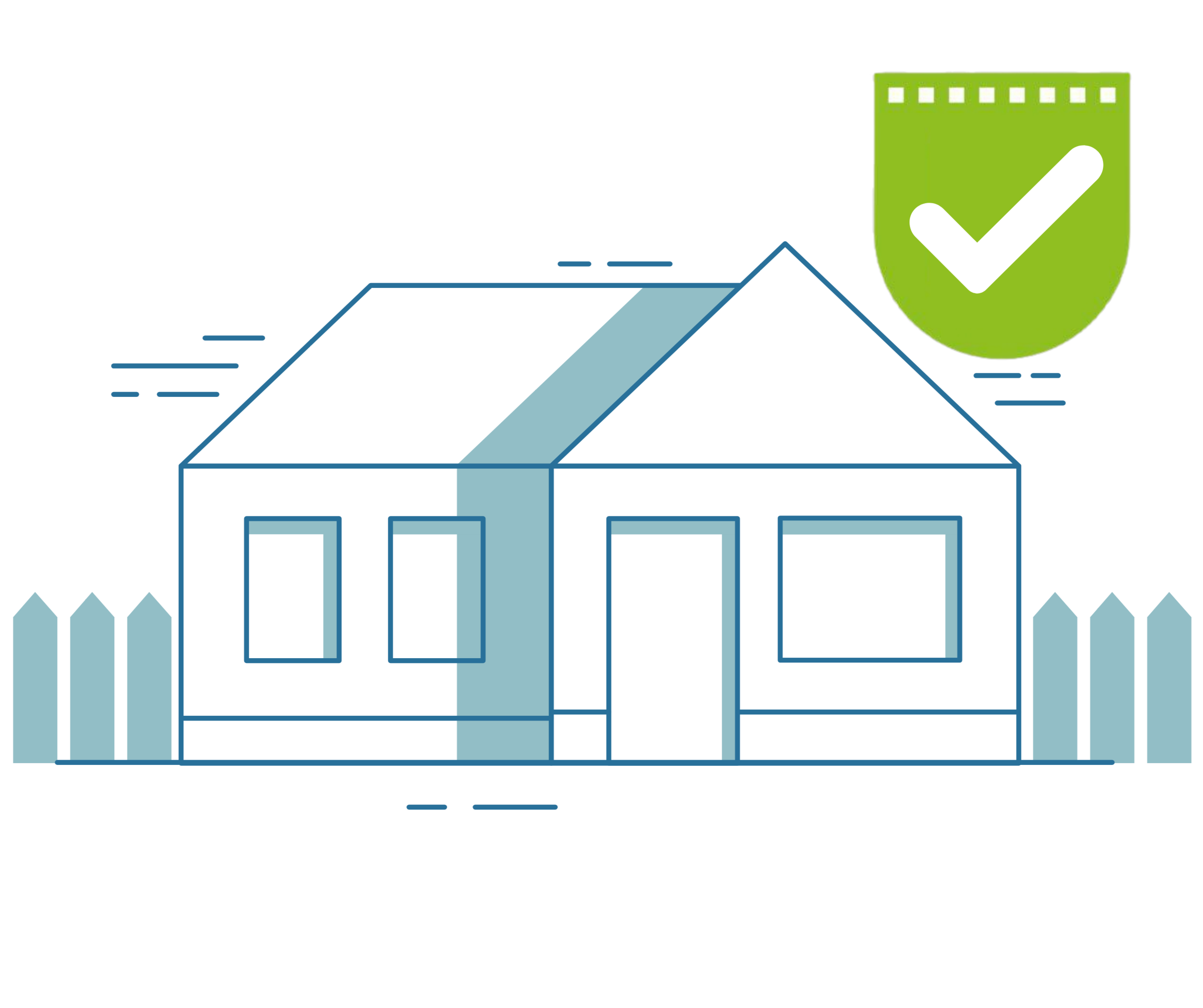Home insurance can feel like a mystery—kind of like trying to assemble IKEA furniture – even if you have the instructions. There’s lots of misinformation out there, and believing the wrong thing could leave you underinsured (or overpaying). Protect your home (and your wallet) by knowing what’s true, and what’s just a myth.
Wouldn’t it be nice if home insurance covered everything? Even that one time you tried DIY plumbing? Unfortunately, that’s not how it works. Standard policies cover a lot—fire, theft, storm damage—but not everything.
What’s NOT Covered
- Floods (you need separate flood insurance for that).
- Earthquakes (same deal—you need a separate policy).
- Wear and tear (insurance isn’t a maintenance plan).
- Intentional damage (yes, that includes accidentally putting a hole in the wall during a TikTok dance challenge).
What IS Covered?
- Fire, lightning, and storm damage.
- Theft and vandalism.
- Certain types of water damage (like a burst pipe—but not a flood).

Always check your policy details so you know exactly what’s covered. If you live in a flood-prone area, getting extra coverage is a smart move.
Myth #2: Your Home is Covered for Market Value
Many homeowners assume their insurance will pay out whatever their house is worth if disaster strikes. But home insurance doesn’t work like a Zillow estimate—it’s based on replacement cost, not market value.
- Replacement Cost = What it would cost to rebuild your home from the ground up.
- Market value = What someone would pay for your home today (land included).
If you bought your home for $400,000 but rebuilding it would cost $500,000, your insurance needs to cover that full rebuild cost. Otherwise, you could end up paying out of pocket after a major loss.
Swyfft Tip: Review your coverage yearly to make sure it keeps up with rising construction costs.
Myth #3: Home Insurance Covers All Your Valuables
Yes, home insurance covers your personal belongings—but with limits. Your policy probably has caps on:
- Jewelry (usually around $1,500—so that diamond ring? Probably not fully covered).
- Electronics (laptops, gaming consoles, and cameras might need extra coverage).
- Collectibles (rare baseball cards, vintage comic books, or your prized sneaker collection).
If you own high-value items, consider Personal Property Coverage (aka Coverage C)—it’s an add-on that ensures your valuables are fully covered.
Myth #4: Your Neighbor’s Tree Fell on Your House—They Pay for the Damage
It makes sense, right? Their tree, their responsibility? Nope. In most cases, if a tree falls on your home, your insurance covers the damage—no matter whose tree it was.
The exception? If your neighbor knew their tree was dangerously rotting and ignored it, their insurance might cover the damage. Otherwise, it’s on your policy.
Moral of the story: Keep your trees trimmed and healthy to avoid headaches (and insurance claims).
Myth #5: If Your Home Is Paid Off, You Don’t Need Insurance
If your home is paid off, congrats! But before you ditch your home insurance, there’s a few things to keep in mind.
Without insurance, you’re on the hook for everything—fire, storms, theft, or that time your cousin left the bathtub running and flooded the living room. Repairing or rebuilding a home from scratch can be financially devastating. Even if you’re mortgage-free, keeping a solid home insurance policy protects your investment and your peace of mind.
Myth #6: If Someone Gets Hurt on Your Property, It’s Automatically Covered
Home insurance does provide liability coverage, but it’s not an automatic free pass for every accident.
What’s Covered:
- A guest slips on an icy walkway and breaks an ankle.
- Your dog (who is covered under your policy) bites a visitor.
- A delivery person trips over a loose step and sues.
What’s NOT covered:
- You intentionally hurt someone (insurance won’t bail you out there).
- Certain dog breeds or exotic pets (check your policy—some animals aren’t covered).
- Injuries caused by neglected home maintenance (if you ignored that wobbly staircase, your claim might be denied).
The best way to avoid claims? Keep your home safe and well-maintained. And if you entertain a lot, consider umbrella insurance for extra liability protection.
Myth #7: Renters Don’t Need Insurance—The Landlord Covers It
If you rent, your landlord’s insurance covers the building—not your stuff. If there’s a fire, flood, or burglary, your belongings aren’t covered unless you have renters insurance.
Renters insurance is usually super affordable (as low as $10–$20 a month) and covers:
- Your personal belongings.
- Temporary living expenses if you’re displaced.
- Liability if someone gets injured in your rental.
For the price of a few iced lattes a month, it’s a no-brainer.
Final Thoughts: Know Your Coverage
Home insurance is one of those things you don’t think about—until you really need it. The key is knowing what’s covered, what’s not, and whether you have the right amount of protection:
- Review your policy regularly.
- Add extra coverage for valuables or risks like floods.
- Don’t assume myths are true—check with your insurance provider.
Knowledge is power, especially when it comes to your home insurance. Not to mention, it can save you lots of stress and confusion down the road!
If you have any questions about your policy and coverage, always make sure to reach out to your agent – they’re there to help!
